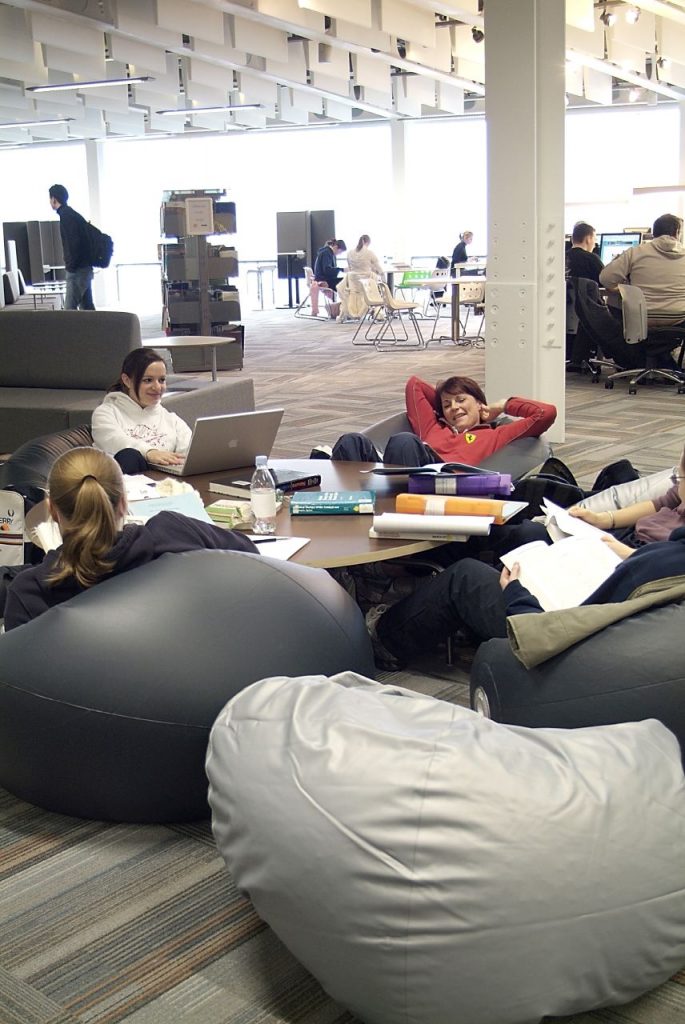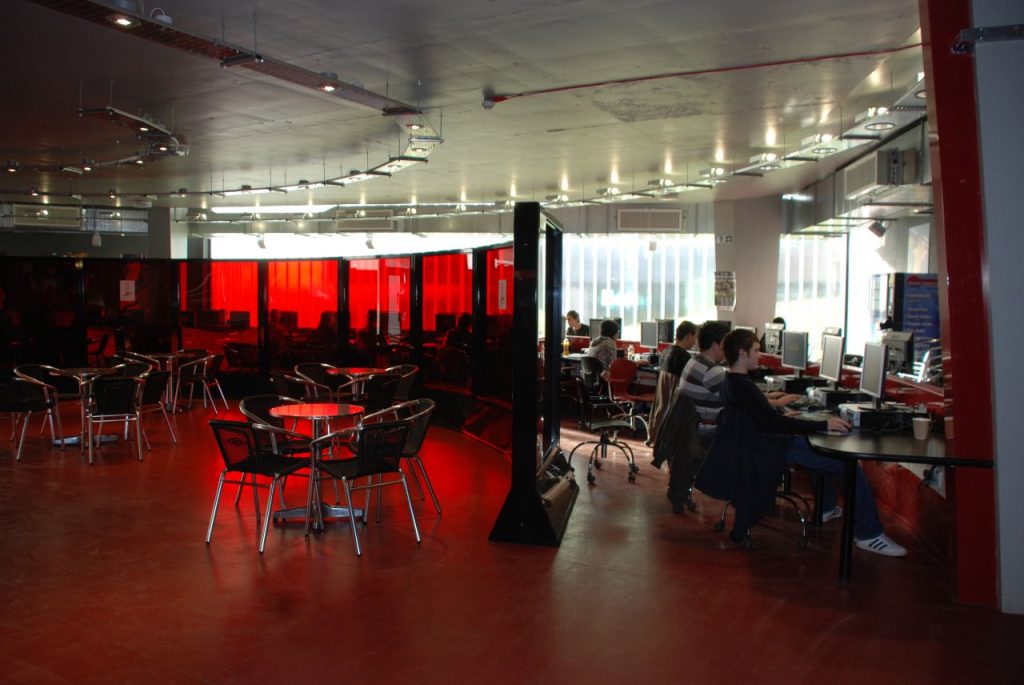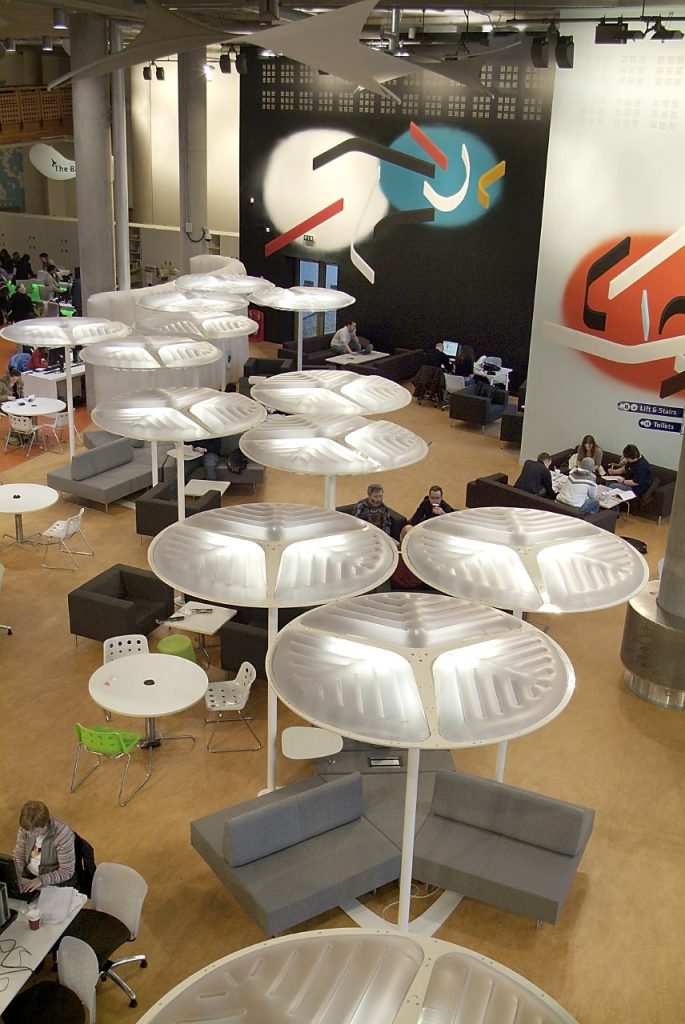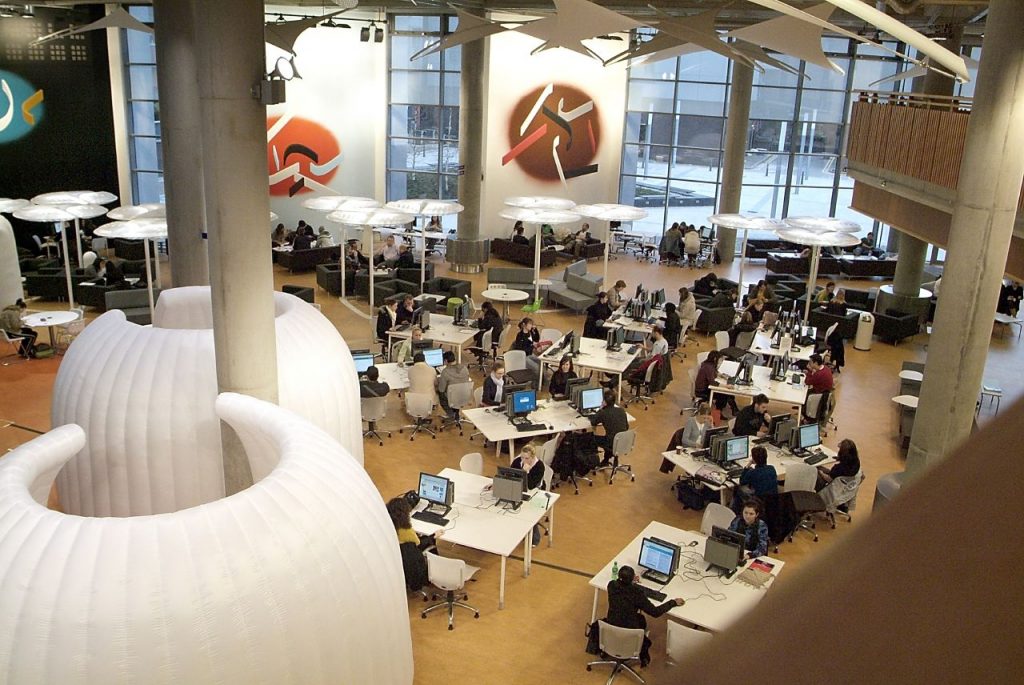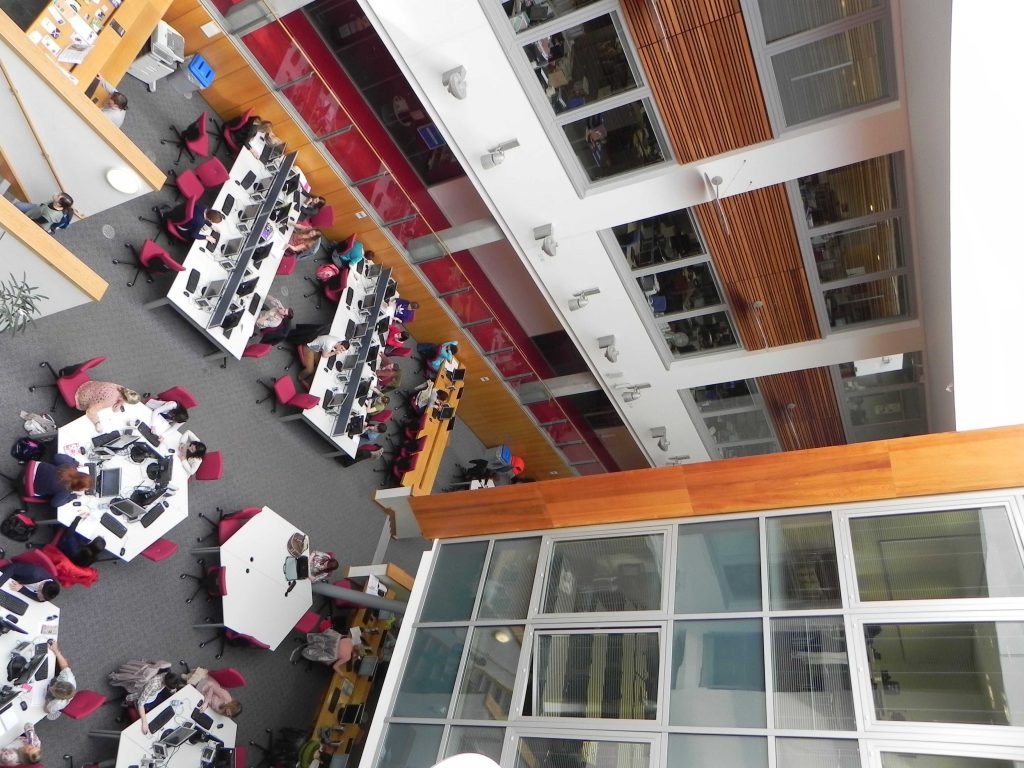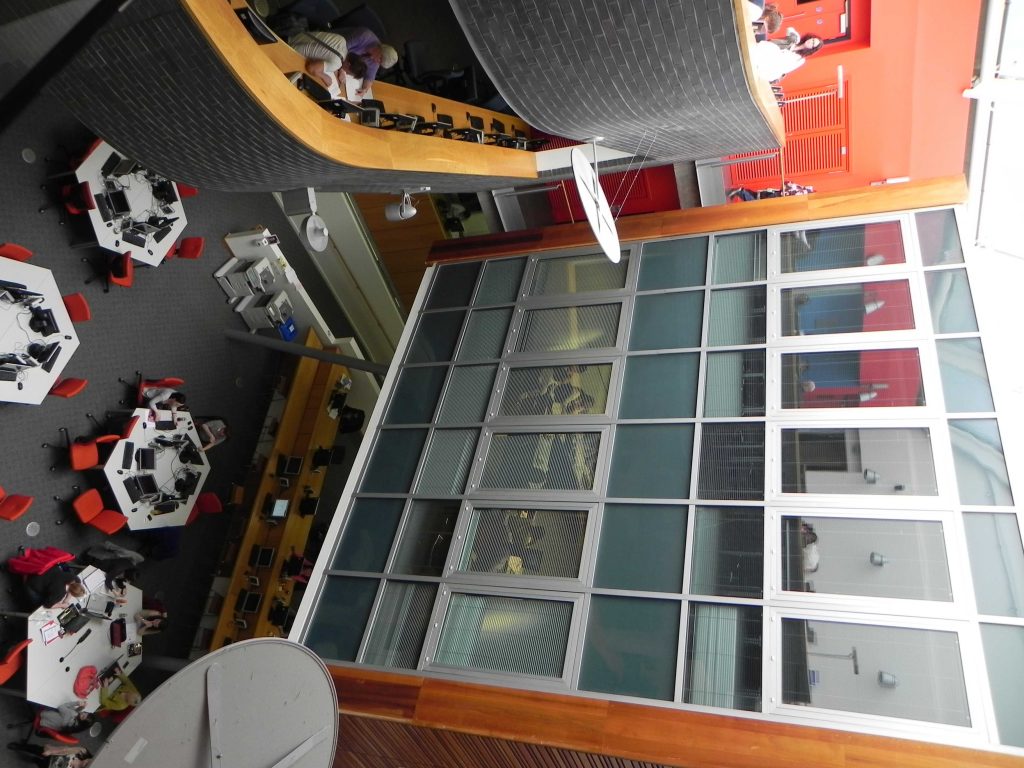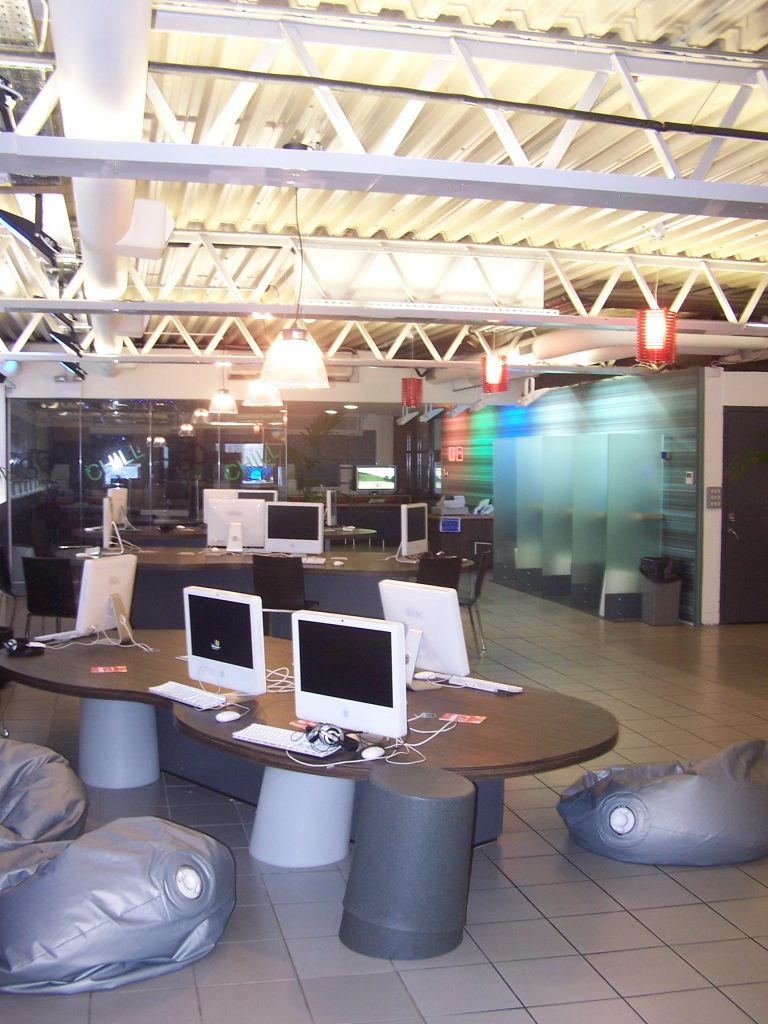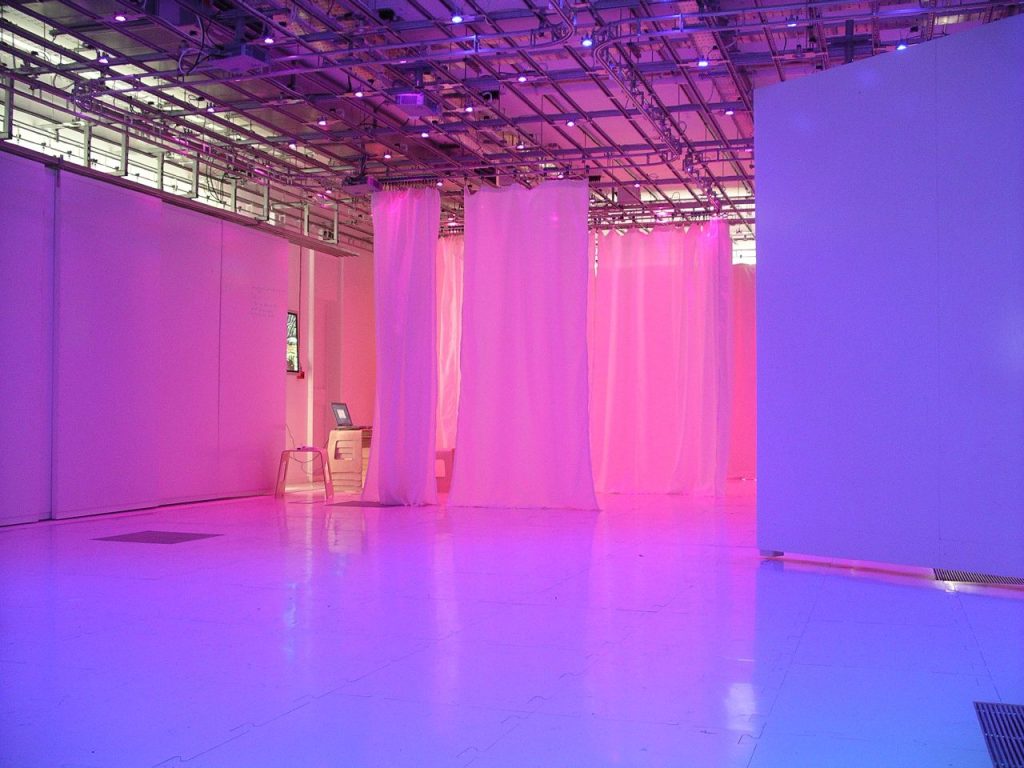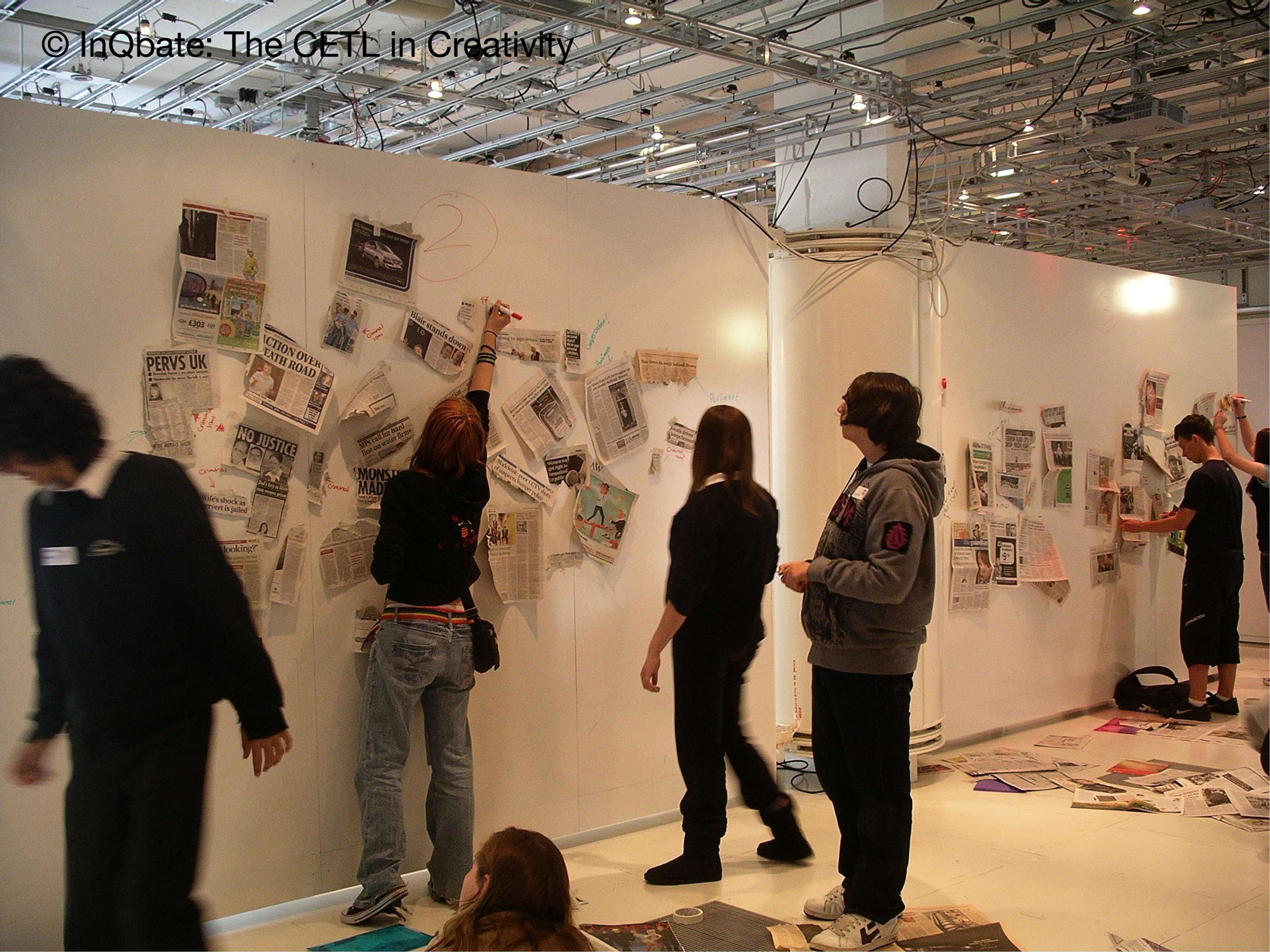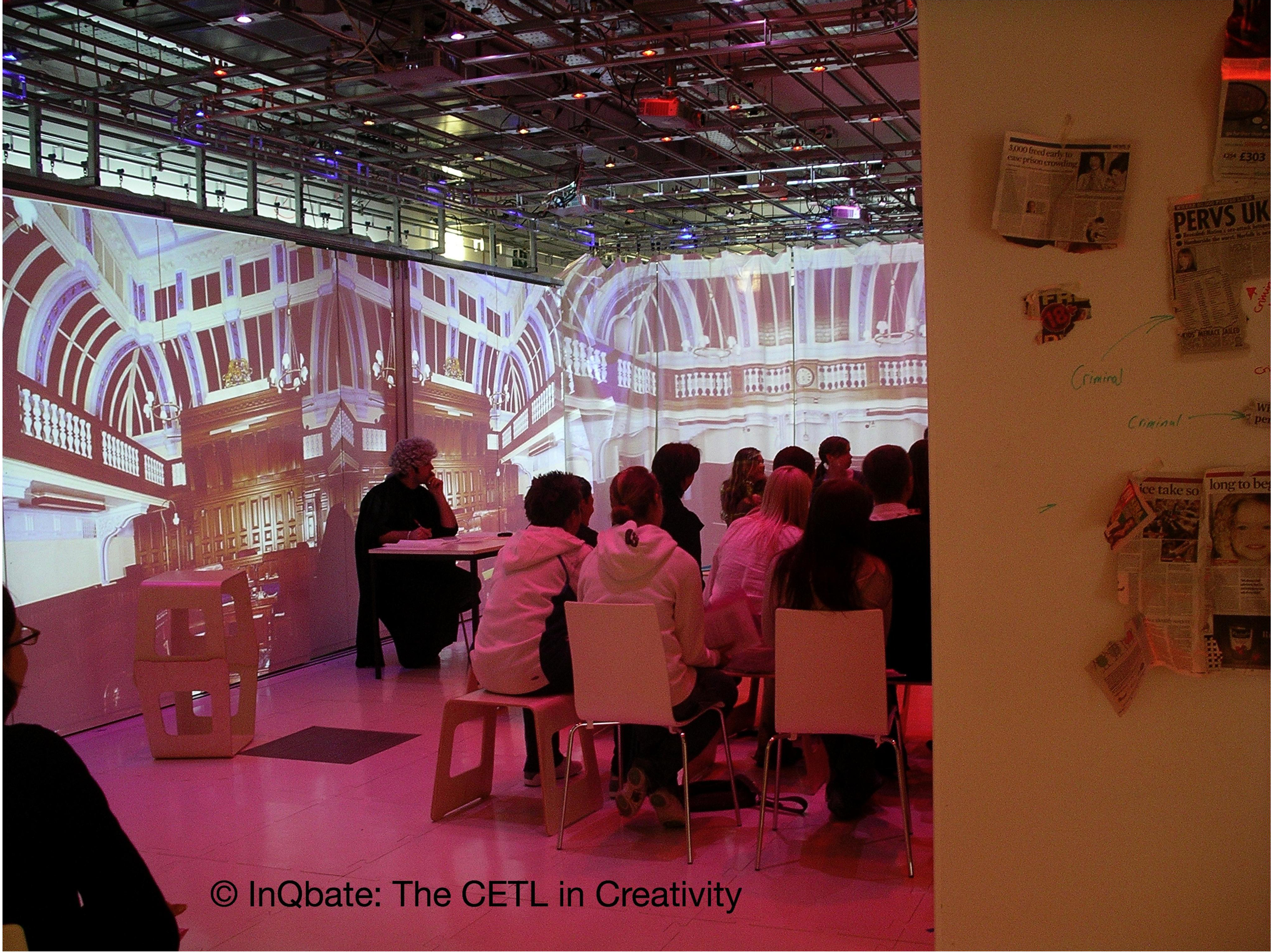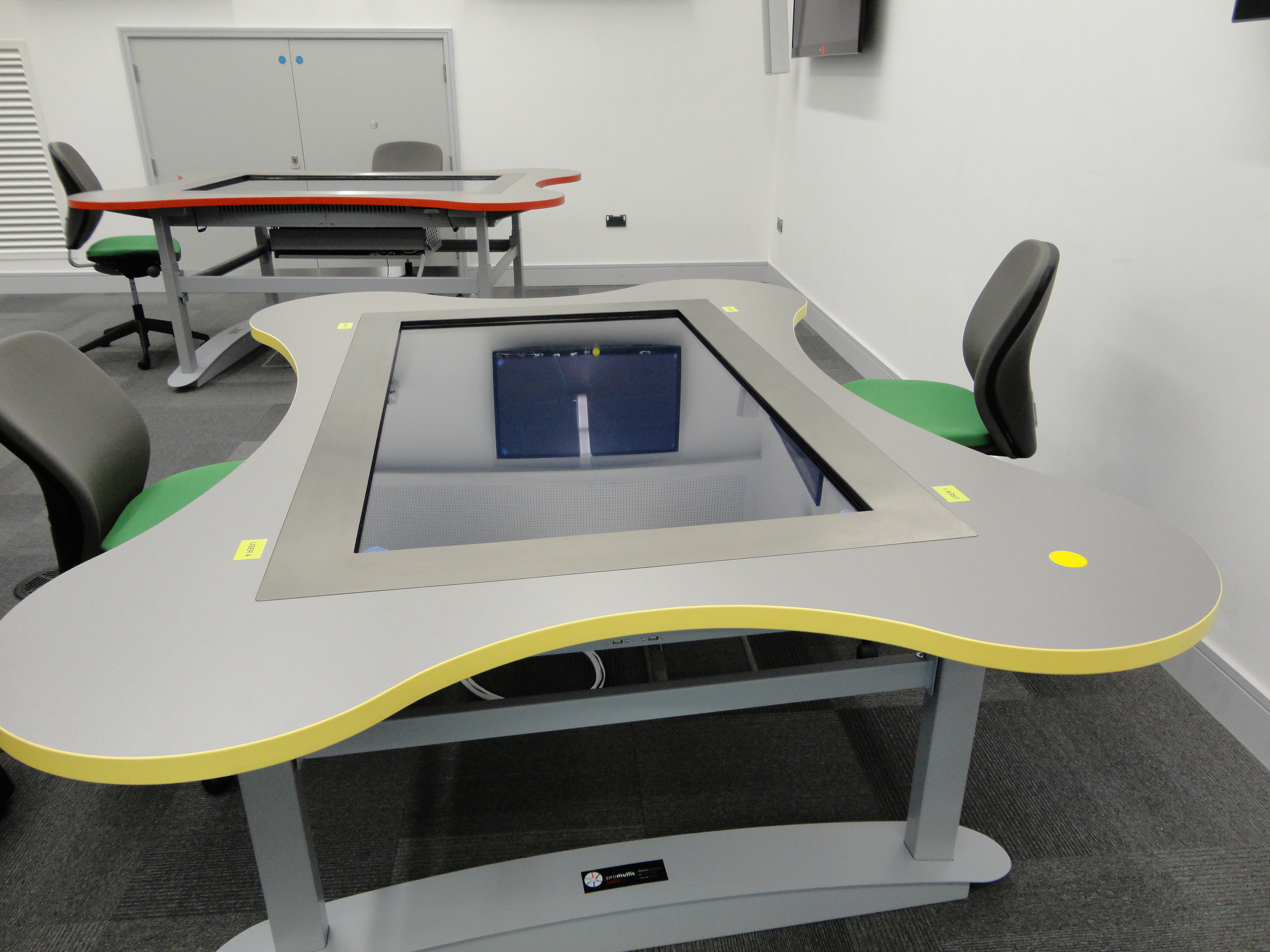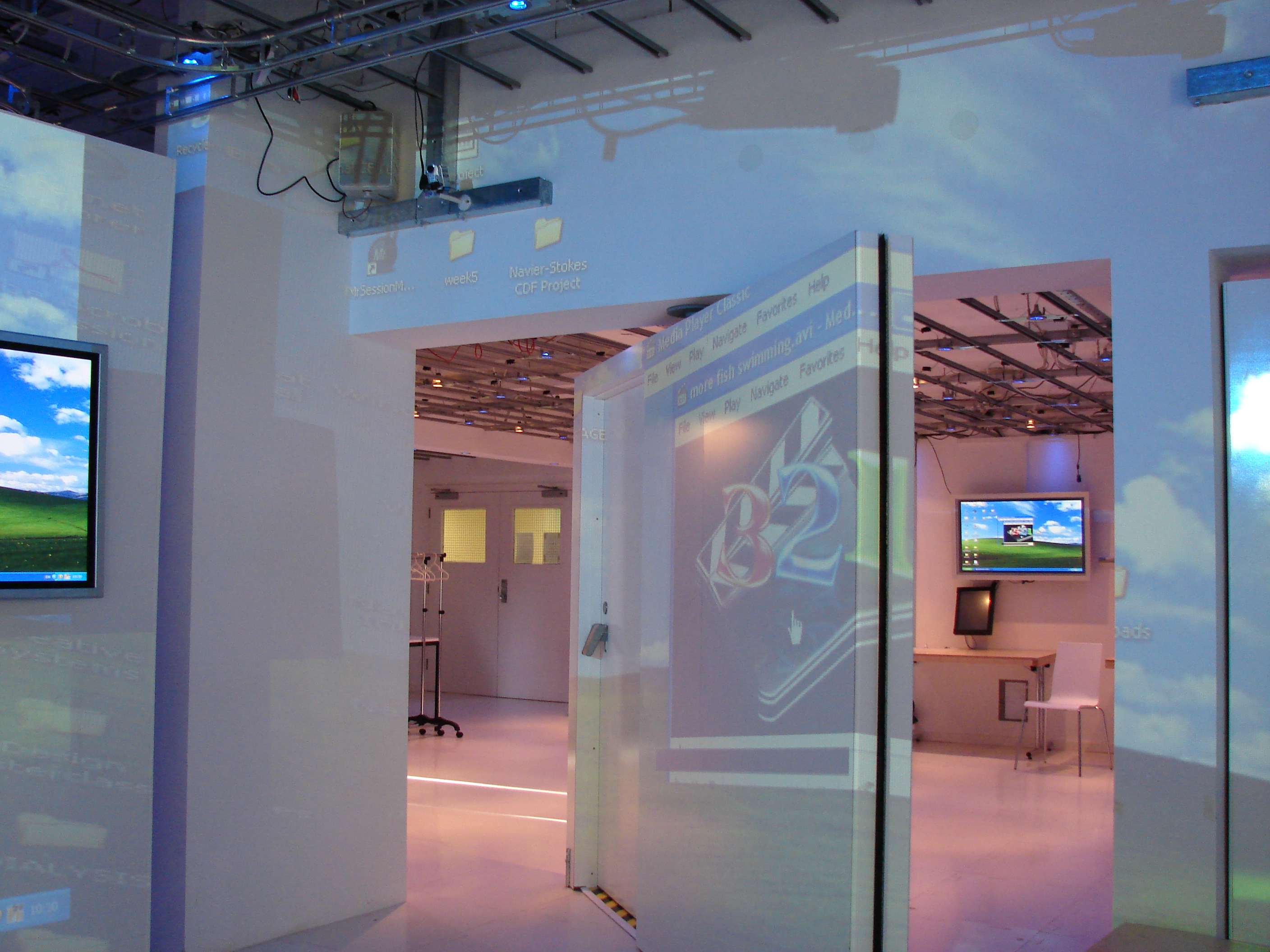
Dr Gill Ferrell has extensive senior management experience in HE and has led and advised on the implementation of IT to support all areas of teaching, research and administration. Her expertise includes areas such as technology-enhanced learning, curriculum design, assessment and feedback and the design of learning spaces as well as good practice guidance in strategic planning and the project and change management needed to deliver enhancements in learning, teaching and research. She has directed projects in support of the strategic goals of the English and Scottish HE funding councils and advised on the development of e-learning strategies for England and Wales.
Gill is the author of a number of reference works widely used in the UK HE and FE sectors and has published a number of major reports, journal articles and peer reviewed papers on themes relating to technology enhanced learning, curriculum design, assessment and feedback and lifelong learning as well as information management and business processes improvement for the education sector. She has been an invited keynote speaker at many UK and international conferences and is currently the leader of the EUNIS e-Learning Task Force.
Reimagining contemporary learning spaces
Interview with Gill Ferrell By Pedro Leão Neto and Lígia Maria Ribeiro.
Within contemporary fast-moving societies where innovation and change is a constant, how do you imagine that learning spaces should be conceived and built and what role should technology play in this process?
Education is in a period of profound change: funding models are changing; many learning providers are looking increasingly to global markets; the employment market is changing; lifelong learning is becoming increasingly important as fewer people stay in the same profession for life and technology now offers a plethora of ways to deliver and support learning if used effectively. Against this background we now understand more than ever the importance of social interaction in effective learning. Social interaction can be achieved in many ways but it is clear that physical learning spaces remain fundamentally important for higher education institutions. Suggestions that online learning will mean the end of the university campus have been around for some time. The fact that the online platform provider Coursera is developing a global network of physical learning hubs suggests that such hyperbole can be dismissed and that we need to turn our attention to ensuring our physical learning spaces meet changing educational needs.
Designing for this future is not easy. We know that it will be a technology-rich and social future but we cannot anticipate all future requirements. When designing learning spaces it is important that we build on what we already know to be good pedagogic practice and that we do not create barriers to doing things differently in the future. Our understanding of learning and teaching practice is constantly evolving but sound pedagogic principles change much less frequently than the technologies that can help us implement those principles.
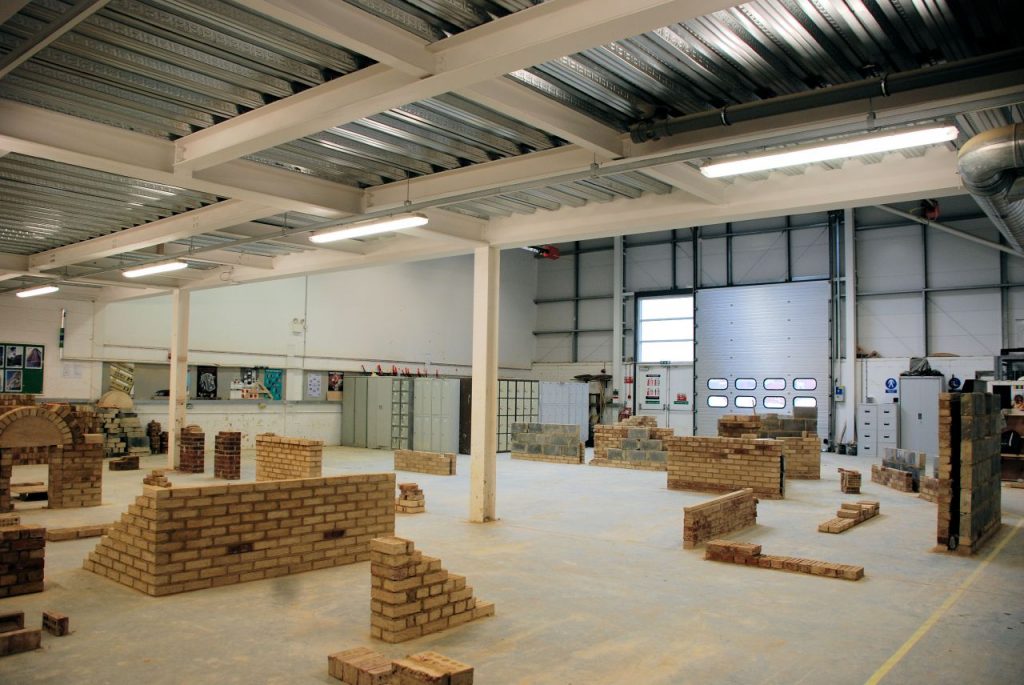
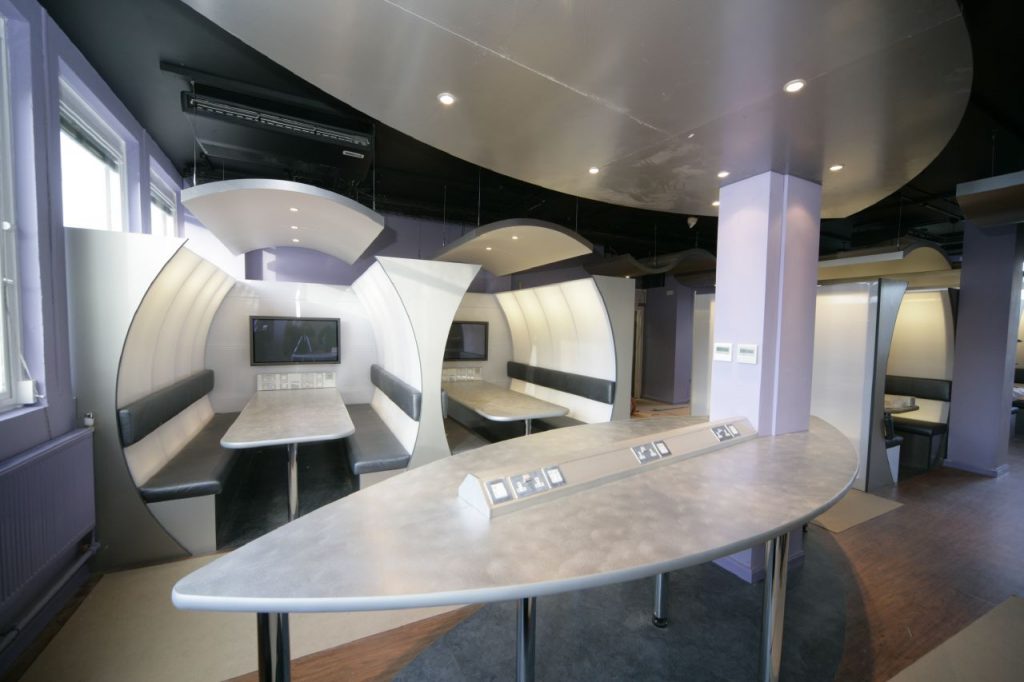
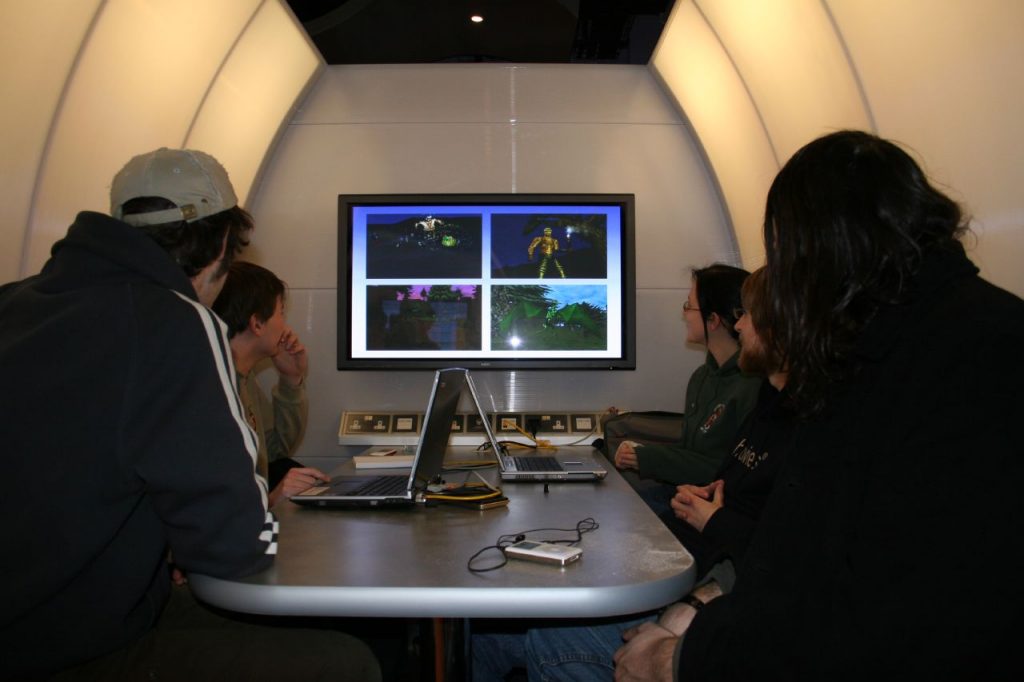

Group Pods, Techno-Café, Durham University
This visually stimulating and inspiring area has been designed to maximise the student experience. Group work areas consist of booths or ‘pods’ each containing essential IT equipment for group collaborative project work involving fellow students and external partners. Lighting is fully controlled by users of each pod, and heating and ventilation is carefully controlled providing a pleasant working environment. Drinks and snacks are available with no restriction on consumption in the pods (special measures have been taken to protect electrical points from accidental liquid spillages).
In architectural terms the concept of ‘pace-layering’[1] is useful in helping us maximise the sustainability of a building by ensuring that we optimise flexibility wherever possible. This concept views a building not as a fixed entity but as a series of layers which have different lifespans. The structure of the building (its foundations and load-bearing supports) comprises the most permanent elements which are very difficult and costly to change. Building services (such as plumbing and wiring heating and ventilation) will require replacement at regular intervals but can require buildings to be demolished early if they are embedded in ways that make them too costly to replace. The internal space plan (walls, ceilings, floors, doors) offers considerable scope to build in flexibility or the possibility of low-cost refurbishment. The furnishings and fittings will change most often: we need to plan for a realistic replacement cycle and use this as an opportunity to review how best to meet changing needs. There are examples of learning providers who have used these concepts to good effect for example colleges of further education, who experience considerable fluctuation in year-on-year demand for different subject areas, have invested in movable partition walls to accommodate changing class sizes. Some very simple changes can facilitate different types of use at different times: for example one university has bean-bags in many areas of the learning centre to facilitate relaxed, informal study but during exam periods it removes some of the bean-bags to indicate that certain areas are now dedicated to silent, individual study.
‘You can analyse the past but you need to design the future. Otherwise it may be no better than the past.’
Edward De Bono – New Thinking for the New Millennium p. 125
I am promo text. Click edit button to change this text. Lorem ipsum dolor sit amet, consectetur adipiscing elit. Ut elit tellus, luctus nec ullamcorper mattis, pulvinar dapibus leo.
We are in something of a transitional period as regards the provision of technology services. As yet few buildings are able to rely entirely on Wi-Fi to meet all of their learning and teaching support requirements so there is a need for hardwired network access. Similarly, few devices can yet run for a full day of intensive use without the need for charging so there is a high demand for power sockets for student use. Thought needs to be given to the most cost-effective and flexible way to deliver these services (e.g. wall trunking, underfloor wiring, power sockets integrated into furniture, laptop charging lockers) bearing in mind that future needs may be different. The trend for BYOD (bring your own device) is likely to continue but educational institutions still need to give thought to the kinds of hardware that are best provided by the institution. This may include things such as computers that run particular pieces of specialist software such as CAD programmes, specialist or 3D printers, projection devices and large screens, smartboards or multi-touch tables to support group working.
What is your perception concerning the importance of physical learning spaces for the top management of higher education institutions? Are they prepared to make significant investment in this area?
Senior managers in universities find themselves operating in an increasingly competitive global environment with mounting financial pressures. Most would say that the student experience offered by their university is their key priority and they recognise the importance of the physical environment in contributing to the quality of the learning experience and in attracting new students. There is thus significant financial investment taking place even in a difficult financial environment. Many of the success stories in creating radical new learning spaces involve academic leaders who have the vision to imagine new ways of doing things and who prepared to play an active role in delivering their goals. The converse is also true that time and cost overruns occur when the key decision-makers delegate too much authority to third-party contractors.
There is a need for strong academic leadership, and input from teachers and students, throughout the life of any learning space project to ensure that the vision for learning is actually delivered. Some of the buildings that have won architectural design awards are not the best examples of meeting the needs of students and teachers. Sustainability is also an important issue for senior managers. There are numerous examples of innovative spaces created with the support of government funding initiatives that have fallen out of use once the public funding ceased. There is, as ever, also a political dimension to many of these significant projects with innovative spaces created by a previous leadership suffering neglect or change of use when a new senior management team wants to make its mark in a different way. The discussion on ‘pace layering’ above also highlights the need for long-term thinking about any new development in order to ensure that provision is made for ongoing maintenance.
We stress the importance of being able to have a reference point in the future and to learn from the past. Thinking in terms of pedagogical strategies and learning environments, how do you think this can be best done, deciding what to do in new terms and what to apply from the past?
From the point of view of the architect, particularly when it comes to refurbishing historic buildings on a university campus, making a link with the past is crucial in terms of creating a sense of identity. One UK university with a strong international profile went so far as to build an exact reproduction of its historic clock tower on its campus in China so that the Chinese students felt a sense of belonging to the parent University. In any renovation of an old building, reserving certain historic features may be a legal requirement and incorporating the past history of the building into the new design will create a sense of coherence and give the space a unique personality.
When it comes to thinking about the space as a place for learning however, the situation is rather more complex and challenging. The design of the most common types of learning space, such as classrooms and lecture theatres, has changed little over the course of many centuries. The layout of seats in rows dates back millennia to students receiving information from an orator and, later on, from a pedagogue reciting aloud at a time when books were rare and expensive and few people could read. Desks were introduced to classrooms as reading and writing became more common and, with further advances in technology, computers were placed on the desks. In other words neither the invention of the printing press nor the computer has had any significant impact on the design of learning space until relatively recently. Imagining how learning might be supported in a completely different type of physical environment is not easy. The architects and the teachers who are currently grappling with these problems have little to draw on from their own experience which is based on learning in these traditional environments. As the quote from De Bono illustrates, imagining the future is significantly more difficult than describing the past. The challenge for us, as educators, is to think in new ways rather than simply create lighter, cleaner, more comfortable versions of these traditional environments.
There are an increasing number of examples of radically different learning spaces that we can study and learn from. It is important that higher education institutions are prepared to evaluate the successes and failures of new approaches and to share this information with their communities of practice. It is equally important that we involve the learners of today in the design of new learning spaces. We can also look to other sectors for ideas and inspiration. Disney Corporation is a good example of a very creative organisation. They changed the noun ‘imagination’ into a verb and describe their designers as ‘imagineers’. They encourage their imagineers to challenge existing assumptions and avoid being constrained by traditional thinking and the need to have all the answers early on in the planning process.
‘The huge bulk of our intellectual resources are devoted to the past. This is almost the sole occupation of universities. By definition ‘scholars’ need something to be scholarly about and that means the past. Book review pages in the more worthy newspapers are at least three quarters filled with books about the past: biographies, period pieces, political memoirs, etc. This is hardly surprising. To write about the past you only need some skill as a writer: the past is there to be described. To write about the future also needs some skill as thinker.’
Edward De Bono – New Thinking for the New Millennium p. 112
What is the role and significance of spatial environments in helping to create synergies between all of the actors in the learning process and how can technology support this?
The spatial environment plays a crucial role in determining the type of learning community we create. Space can either facilitate interaction or act as a barrier. There are many examples where changing the spatial configuration changes the relationship between actors in the space.
‘We shape our buildings, and afterwards our buildings shape us.’
Winston Churchill, British Prime Minister 1940-45 and 1951-55
One college of further and higher education in the UK found that a very pragmatic approach to thinking about services in its new building had some very surprising results. They looked at their requirements for utility services and found that a gas supply was required for a variety of vocational courses (e.g. plumbing, welding and catering) as well as in a simulated home environment where students with learning difficulties were taught basic life skills. In the old college building the students with learning difficulties were separated from the rest of the college. The new design saw them located close to a range of other vocational areas. The result of this was greater interaction between students with learning difficulties and other students: those with learning difficulties were better able to practice many of the life skills they came to college to learn and other students developed a better understanding of their needs and greater respect for them as members of the same community.
What is the potential of technologies such as digital multi-user interactive systems in new types of learning environment?
These days technology is everywhere; it’s personal and it’s portable. Therefore, probably the most important use of technology in new types of learning environment is to help learners do things they can’t do alone or at home. In some cases quite low-tech solutions such as writable walls are very effective in supporting group learning. Moving into a more high-tech environment, hardware such as multi-user touchscreen tables enable group working and sharing in ways that would have been unthinkable a couple of years ago. Digital technologies can also help increase the flexibility of the space as light, sound and projection can be used to create a different and ambience at different times. In an example of a very flexible, technology rich environment designed to promote creativity in the UK, the same space could be used for dance and drama performance or, for example, projecting images of a law court to simulate a realistic practice environment for law students.
To what extent is an organised annual programme of activities important in helping students get the most out of the learning environment?
What is really important is that the key users feel a sense of ownership of the space and find it a comfortable space and somewhere they want to spend time. In the case of social learning space this is often achieved by offering student associations the opportunity to organise activities. We have talked about how physical space can promote interactions between different actors in the learning process and particular activities can help to support this. In one example a university with a significant proportion of students from overseas organised a photography competition with the theme of ‘my home’ to stimulate dialogue about the different backgrounds of its students and help foster a stronger sense of community.
The ‘community’ may of course be broader than existing students and staff and organised activities can be a way of bringing the local community and businesses into contact with the institution and a way of staying in touch with alumni (who can be a useful source of support for current students as well as generous donors for university projects).
What is the importance of creativity and play in learning and how could spatial environments and technology help?
Creativity and play are essential components of learning. As children we learn by touching things, trying things out and making mistakes yet formal education and training tend to require us to follow set procedures thus chipping away at our creativity over time. Creativity, like any other skill, tends to get better the more we practice it. The physical environment has an important role to play here: people tend to be more creative in informal, conversational settings. Richard Florida describes the existence of what he terms ‘third places’ that are neither home nor work where the majority of social interactions take place. Many higher education institutions have taken on board these ideas and tried to create such ‘third places’ as a key element of the learning environment.
‘Quality of place can be summed up as an interrelated set of dynamic, participatory experiences.’
‘Third places are neither home nor work – the ‘first two’ places – but venues like coffee shops, bookstores and cafes in which we find less formal acquaintances. These comprise ‘the heart of a community’s social vitality’ where people go for good company and lively conversation.’
Richard Florida, ‘The Rise of the Creative Class’
.
‘we need to look where everyone else is looking, and see what no one else can see.’
Duggan, R. (1997) Innovation Translators; Private Communication
.
The spatial environment is one element in promoting creativity but we must also ensure that the curriculum, and indeed the institutional culture, support the principle. We need to design learning experiences in such a way as to make it clear to students that it is all right to take risks and make mistakes because we can learn as much from our mistakes as our successes. An example of such ideas being taken on board occurs in scientific disciplines where institutions are moving away from ‘recipe based’ experiments (where students follow a formula to achieve a known outcome) and are encouraging the students themselves to design an experiment that could help them solve a particular problem. Technology has a role to play here for example in supporting game-enhanced learning where educational games or simulations can help develop skills in problem solving and communication. Games can provide playful spaces in which learners can make mistakes in a safe environment, free from external consequences, and in which failure is a recognised and accepted part of the process.
What do you think is the role of the new types of learning centres in view of the increasingly diverse modes of learning and knowledge production in contemporary society?
This brings us back to the original point that learning is, and will always be, a social process: the challenge now is to create places that support learning in a variety of different ways and for an increasingly diverse learner population. With the rise of mobile technologies and online access to information almost any space can be a learning space and the university or college campus becomes a continuum of different spaces where variety of formal and informal learning and social interactions take place.
Such spaces also have an important role to play in their local community and there are good examples of senior academic leaders thinking strategically and working with local councils and businesses to ensure that developments are aligned e.g. in terms of improving transport links to campus and incorporating student accommodation in urban regeneration projects. Such ‘joined-up thinking’ can have an important impact in terms of widening participation in post-compulsory education.
A very good example occurs in a deprived inner-city area which had one of the lowest participation rates in post-compulsory education in the UK: the college principal worked with the local council to physically join the college to community sports and social facilities. The link was a new public library that also served as the college library. People who had left education at the earliest opportunity, and had never considered further study, were drawn back into the educational environment by exploring the space when they went to use the local swimming pool or simply have a cup of coffee. As a result of these changes participation rates in further education increased dramatically.
How can we effectively evaluate new learning spaces and to share information?
Evaluation of the direct impact of a new spatial environment on learning is never easy. It is usually the case that many changes are taking place at once: the new environment, the application of technology and curriculum change. Often it may be pointless to try and separate out each of these individual threads: instead the institution should have a clear goal as to what it wants to achieve and define ways of measuring whether it is getting nearer to that goal. At the institutional level this is likely to involve looking for improvements in student recruitment, retention, achievement and satisfaction.
At the level of an individual learning space development you may however be required to define more specific indicators against which success can be judged. It will be useful to define your baseline position i.e. a start point against which you can show that your project has delivered a tangible improvement. This may imply a measurable improvement in some aspect of the learning experience but qualitative evidence that the experience of certain stakeholders has improved can be equally valid. By developing a baseline you ensure that you understand the current state of play before you try to change it.
You will need to look at whether the space is serving the purposes for which it was intended. Factors such as the adequacy of heating, lighting, ventilation and sound control need to be monitored. Designing spaces for multiple uses presents a range of practical problems: the balance between quiet study and conversational areas is an obvious example but equally in a social study environment the provision of food and drink is an important success factor but the failure to contain food odours can have an adverse impact on the user experience. Temperature and sound levels have been found to be the key issues in user dissatisfaction with large open plan learning spaces. These are difficult issues to get right as comfort levels vary from person to person and attempts to remedy problems post-occupancy (e.g. by creating partitions) often make matters worse rather than better. The next generation of learning spaces is tending to look at ‘zoning’ to create a variety of different environments within a single space so that individual users can work in an environment in which they feel comfortable. Effectively designed environments are able to use quite subtle signals of colour, layout, type of furniture to indicate what types of activity are acceptable in each zone and in this type of environment peer pressure appears to be an effective monitoring tool.
There is an ongoing need for further research in this area and for the sharing of evaluation results and the lessons learned.
